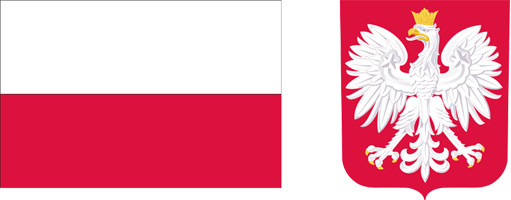Current issue
Archive
About the Journal
Aims and Scope
Editorial Board/Editorial Team
List of reviewers
Publishing process
Publishing Ethics and Malpractice Statement
Personal data protection (GDPR)
Creative Commons License
CrossRef Member / Similarity Check
For Authors
Call for papers
Guidelines for authors
Submitting a manuscript through the editorial system – step by step
For Reviewers
Peer review process
Guidelines for reviewers
Submitting a review – step by step
Contact
RESEARCH PAPER
PROFITABILITY OF CULTIVATION OF SWEET LUPINE AND FODDER PEA IN COMPARISON TO SELECTED WINTER CEREALS
1
Instytut Ekonomiki Rolnictwa i Gospodarki Żywnosciowej - Państwowy Instytut Badawczy
Submission date: 2020-02-07
Final review date: 2020-04-25
Acceptance date: 2020-04-29
Publication date: 2020-06-23
Zagadnienia Ekonomiki Rolnej / Problems of Agricultural Economics 2020;363(2):109-129
KEYWORDS
TOPICS
ABSTRACT
The subsidies for legumes introduced in 2010 resulted in an increase in their cul tivation area, including the area of sweet lupine and fodder pea. The cultivation of lupine is usually carried out on soils of the rye complex, similarly to winter rye, while the cultivation of peas – on soils of the wheat complex, like winter wheat. Due to similar soil requirements, legumes compete with cereals for the arable land. However, the cultivation of the former is not considered to be very profitable, even after including direct subsidies for cultivation. The purpose of the paper was to determine the production and economic results from the cultivation of the abovementioned legumes and cereals and to compare the profitability of cul tivation of sweet lupine in relation to winter rye and fodder pea in relation to winter wheat on selected individual farms in Poland in the years 2015-2017. Profitability of cultivation of the plants was determined primarily using the profitability in dex of production, which is a percentage relation of the total value of production (excluding direct subsidies) to the total costs. The measure of profitability was also the income from activity without subsidies and income from activity after including subsidies. In the research, we used data from the AGROKOSZTY system, the Polish FADN system and the Central Statistical Office. Vertical and horizontal analysis of the results was used. It was shown that on average in the years 2015-2017, on farms participating in the study of considered plants, the profit ability of lupine cultivation, expressed by profitability index, was lower than that of rye, and pea cultivation was slightly higher than that of wheat. In addition, the first in come category, which is the gross margin (difference in total production value and direct costs), and one of the last – income from activity without subsidies (difference in total production value and total costs) proved to be in the case of lupine and peas cultivation relatively low compared to cereals competing with them for the same arable land. However, after taking into account the subsidies, cultivation of legumes was more profitable than cultivation of cereals. Therefore, the incentive for cultivation of legumes certainly provides a possibility for receiving subsidies for the area of their cultivation, and also a possibility for receiving subsidies for greening.
Share
RELATED ARTICLE
We process personal data collected when visiting the website. The function of obtaining information about users and their behavior is carried out by voluntarily entered information in forms and saving cookies in end devices. Data, including cookies, are used to provide services, improve the user experience and to analyze the traffic in accordance with the Privacy policy. Data are also collected and processed by Google Analytics tool (more).
You can change cookies settings in your browser. Restricted use of cookies in the browser configuration may affect some functionalities of the website.
You can change cookies settings in your browser. Restricted use of cookies in the browser configuration may affect some functionalities of the website.



